The Role of Rivers in Ancient Civilizations
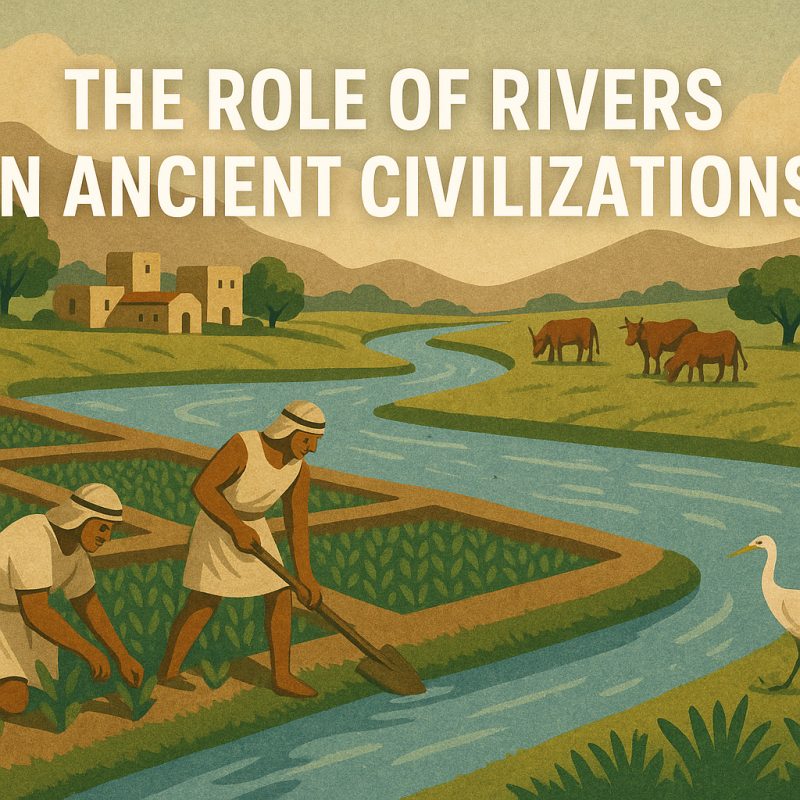
Rivers shaped ancient civilizations, providing water, fertile soil, and trade routes that fueled the growth of early societies.
Throughout human history, rivers have played a pivotal role in shaping the development of societies and cultures. These life-giving waterways have been the cradles of civilization, nurturing the growth of complex societies and fostering advancements that echo through the ages. From the fertile banks of the Nile to the mighty Indus, rivers have been the arteries of ancient civilizations, pumping life and prosperity into the heart of human settlements.
The story of rivers and their influence on ancient civilizations is a tale of symbiosis between nature and human ingenuity. These watercourses provided not just sustenance, but also served as highways for trade, catalysts for technological innovation, and inspiration for spiritual beliefs. As we delve into the depths of this fascinating subject, we’ll explore how rivers shaped the very fabric of ancient societies, leaving an indelible mark on human history.
Discover how waterways shaped early human migration.
The Emergence of River Valley Civilizations
The dawn of human civilization is inextricably linked to the emergence of river valley societies. These early settlements, nestled along the banks of great rivers, marked a significant shift from nomadic hunter-gatherer lifestyles to more settled agricultural communities. The fertile alluvial plains, enriched by annual floods, provided ideal conditions for cultivation, allowing for surplus food production and population growth.
The Fertile Crescent: Cradle of Civilization
The region known as the Fertile Crescent, encompassing parts of modern-day Iraq, Syria, Lebanon, Jordan, Israel, Egypt, Turkey, and Iran, saw the birth of some of the world’s earliest civilizations. The Tigris and Euphrates rivers, flowing through Mesopotamia, nurtured the growth of complex societies such as the Sumerians, Akkadians, and Babylonians.
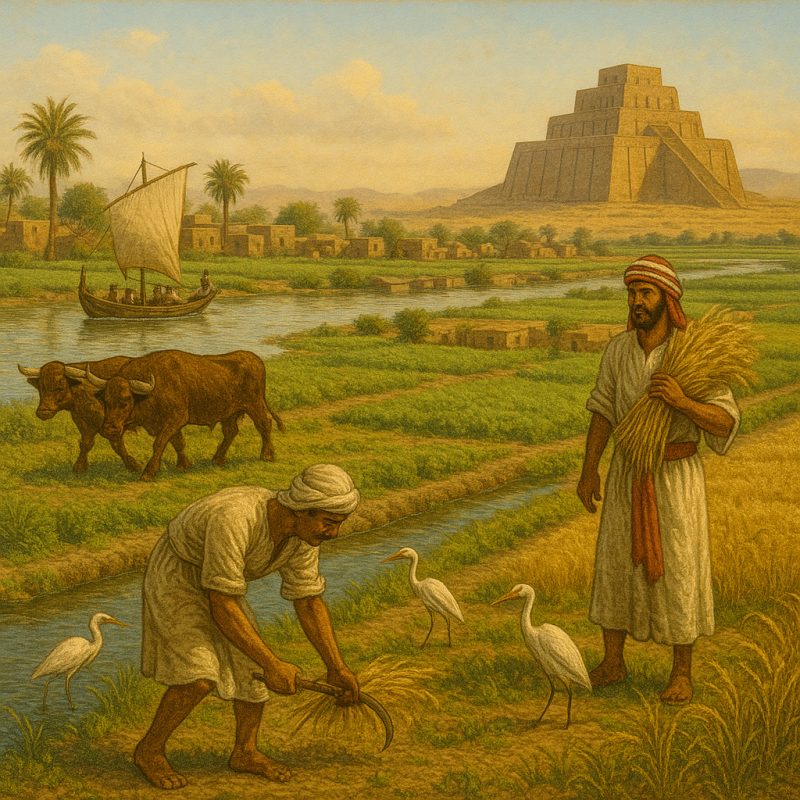
These rivers not only provided water for irrigation but also deposited nutrient-rich silt during annual floods, creating exceptionally fertile soil. This abundance allowed for the development of sophisticated agricultural techniques, including the use of ploughs and irrigation systems. As a result, Mesopotamian societies could support larger populations, leading to the rise of the world’s first cities.
The Nile: Lifeblood of Ancient Egypt
Perhaps no other river has captured the imagination quite like the Nile. Ancient Egyptian civilization flourished along its banks for over three millennia, relying on its annual floods to sustain agriculture in an otherwise arid landscape. The predictable nature of the Nile’s flooding cycle allowed for the development of a complex agricultural calendar, around which much of Egyptian society was structured.
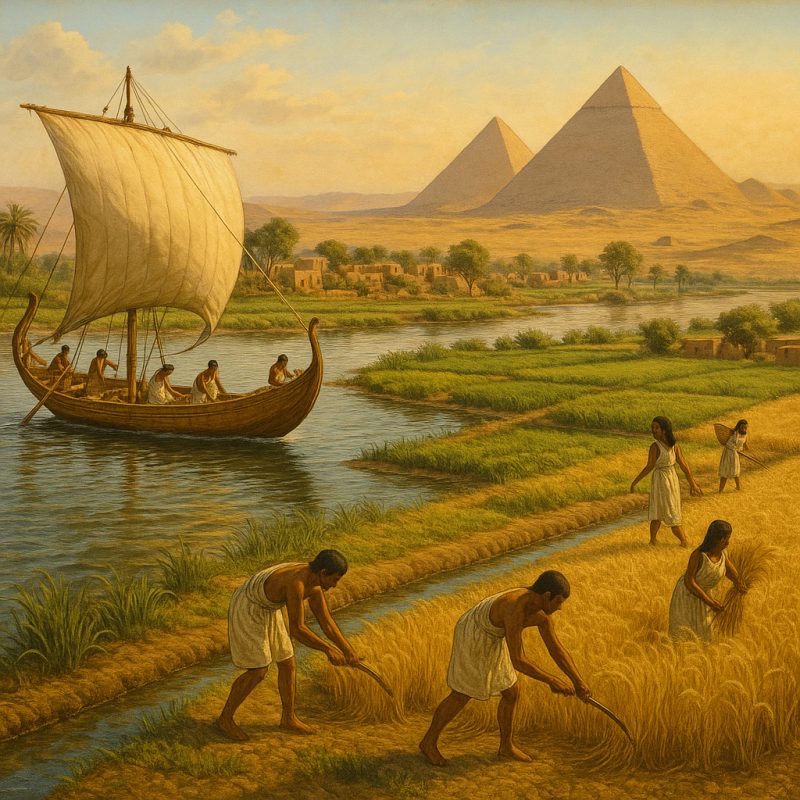
The Nile also served as a crucial transportation route, facilitating trade and communication throughout the kingdom. Its waters were used not only for irrigation but also in the construction of monumental architecture, such as the pyramids. The river’s importance was reflected in Egyptian religion, with the god Hapi personifying the annual flood and its life-giving properties.
The Indus Valley: A Forgotten Wonder
The Indus Valley Civilization, one of the world’s earliest urban cultures, developed along the Indus River and its tributaries in what is now Pakistan and northwest India. This sophisticated society, which flourished between 3300 and 1300 BCE, built remarkably advanced cities with grid-like street plans, sophisticated drainage systems, and standardized weights and measures.
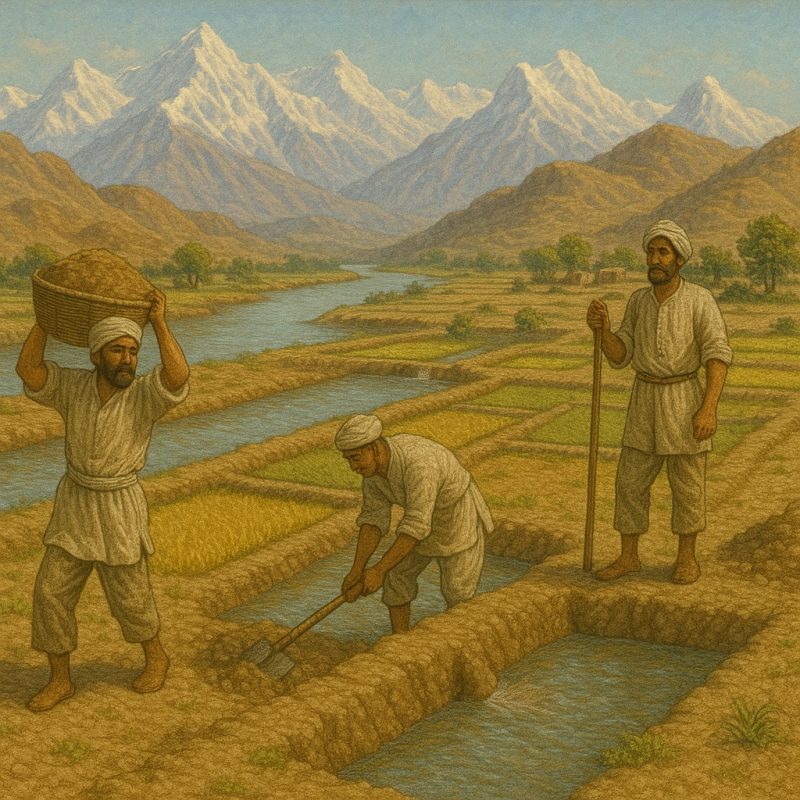
The Indus River provided water for agriculture and transportation, but unlike the Nile or Mesopotamian rivers, its floods were less predictable. This unpredictability may have contributed to the development of advanced water management systems, including reservoirs and dams, which showcase the ingenuity of this ancient civilization.
The Yellow River: Cradle of Chinese Civilization
In East Asia, the Yellow River (Huang He) played a crucial role in the development of Chinese civilization. Often called “the cradle of Chinese civilization,” the Yellow River valley saw the rise of China’s earliest dynasties. The river’s fertile loess soil supported intensive agriculture, allowing for the growth of complex societies. Read more about the rivers of China

However, the Yellow River was also known as “China’s Sorrow” due to its propensity for devastating floods. This dual nature of the river – both life-giving and destructive – profoundly influenced Chinese philosophy and governance, emphasizing the need for harmony between humans and nature.
Rivers as Catalysts for Agricultural Innovation
The presence of reliable water sources in river valleys was a key factor in the transition from hunter-gatherer societies to settled agricultural communities. This shift, often referred to as the Neolithic Revolution, marked a turning point in human history and laid the foundation for the development of complex civilizations.
Irrigation: Harnessing the Power of Rivers
One of the most significant innovations spurred by river valley civilizations was the development of irrigation systems. These allowed for the cultivation of crops in areas that would otherwise be too arid for agriculture. In Mesopotamia, complex networks of canals and levees were constructed to control the flow of water from the Tigris and Euphrates rivers to surrounding fields.
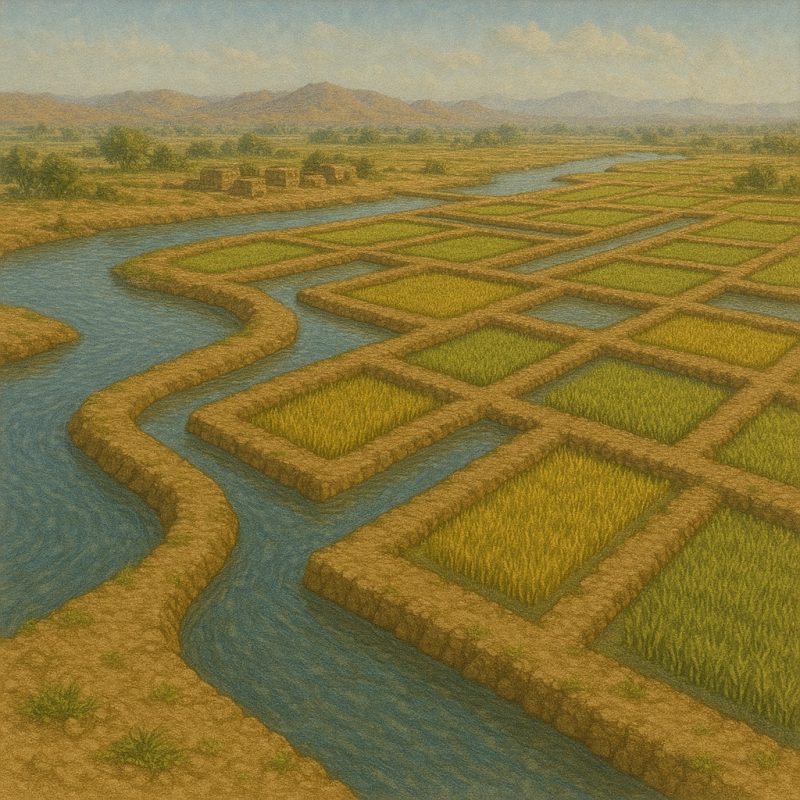
The Egyptians developed a system called basin irrigation, where floodwaters were trapped in basins formed by dykes. This water would then slowly drain into the fields, leaving behind nutrient-rich silt. In the Indus Valley, sophisticated water management systems included reservoirs and a complex network of wells.
Crop Diversification and Surplus Production
The reliable water supply provided by rivers, combined with fertile soil, allowed for the cultivation of a diverse range of crops. This agricultural abundance led to food surpluses, which in turn supported population growth and the development of specialized trades and professions.
In Mesopotamia, farmers grew a variety of grains including barley and wheat, as well as fruits and vegetables. Egyptian farmers cultivated wheat, barley, and flax, while also growing grapes for wine production. The Indus Valley Civilization cultivated wheat, barley, peas, and possibly rice, showcasing a diverse agricultural portfolio.
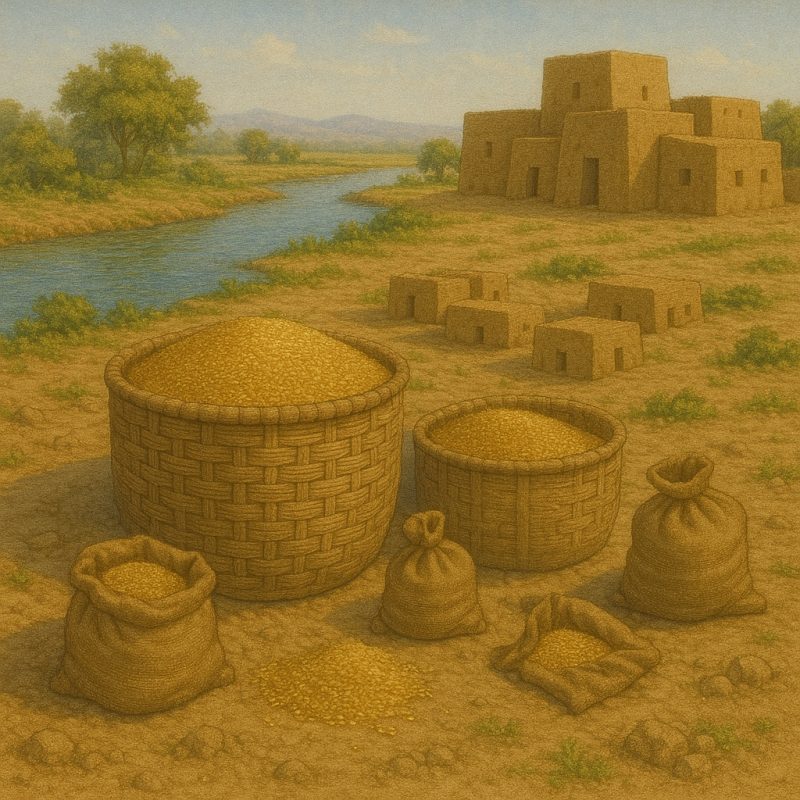
The Rise of Animal Husbandry
Alongside crop cultivation, river valley civilizations also saw the development of animal husbandry. The abundance of water and vegetation supported the domestication of animals such as cattle, sheep, and goats. These animals provided not only meat and dairy products but also labour for ploughing fields and transportation.
The combination of crop cultivation and animal husbandry created a more stable and diverse food supply, further supporting population growth and societal development.
Rivers as Highways of Trade and Communication
Beyond their role in agriculture, rivers served as vital arteries for trade and communication in ancient civilizations. These natural waterways provided efficient means of transportation for goods and people, facilitating cultural exchange and economic growth.
The Nile: Egypt’s Lifeline
In ancient Egypt, the Nile served as the primary transportation route, connecting Upper and Lower Egypt. Boats made of papyrus reeds or wood travelled up and down the river, carrying goods, people, and ideas. This ease of transportation along the Nile helped unify the kingdom and facilitated the construction of monumental architecture, as building materials could be easily transported to construction sites.
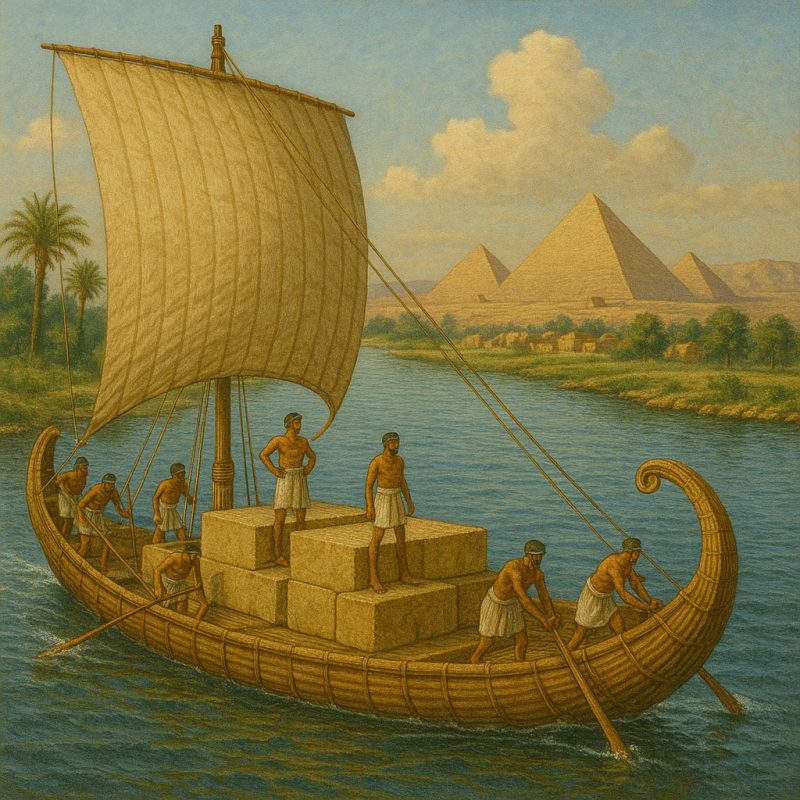
Mesopotamia’s River Network
The Tigris and Euphrates rivers, along with their numerous tributaries and canals, formed an extensive network of waterways in Mesopotamia. This network facilitated trade between city-states and with neighbouring regions. Goods such as timber from Lebanon, precious stones from the Indus Valley, and metals from Anatolia were transported along these rivers, contributing to the region’s economic prosperity.
The Indus: A Maritime Trading Hub
The Indus River and its tributaries not only supported inland trade but also provided access to the Arabian Sea. Evidence suggests that the Indus Valley Civilization engaged in maritime trade with Mesopotamia and possibly even regions as far as Egypt. The discovery of Indus seals in Mesopotamian cities attests to these long-distance trade connections.
China’s Grand Canal
While not a natural river, the Grand Canal of China, which connected the Yellow River and Yangtze River systems, deserves mention. Constructed over centuries, this massive engineering project facilitated trade and communication between northern and southern China, playing a crucial role in the country’s economic and cultural unification.
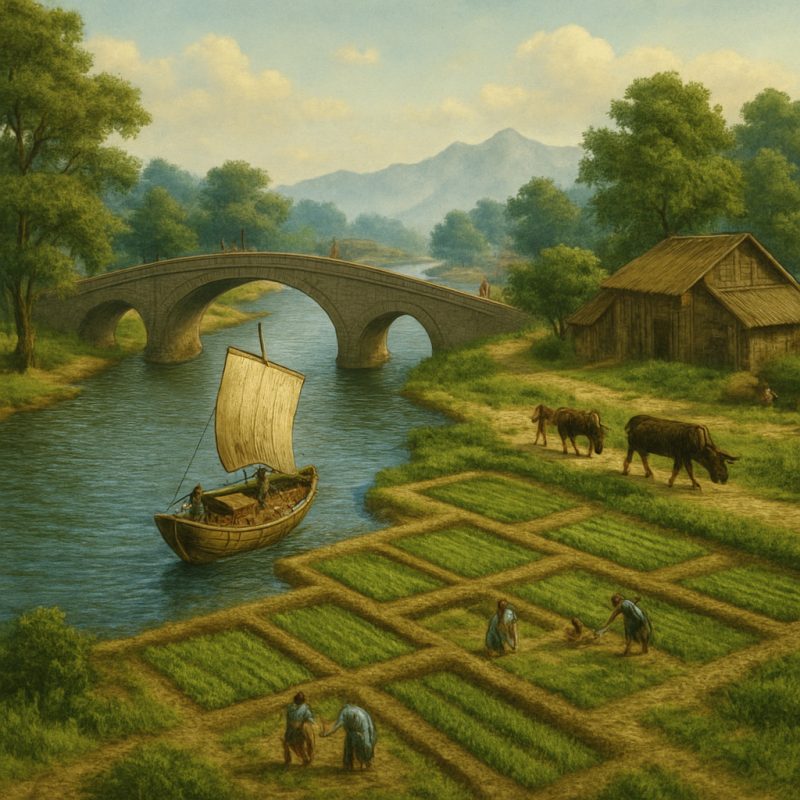
Rivers and the Development of Writing Systems
The development of writing systems is closely linked to the rise of complex societies in river valleys. The need to manage agricultural surpluses, record trade transactions, and administer growing populations led to the invention of various forms of writing.
The world’s earliest known writing system, cuneiform, developed in Mesopotamia around 3200 BCE. Initially used for record-keeping and administrative purposes, cuneiform evolved to record literature, scientific knowledge, and religious texts. The abundance of clay in the river valleys provided an ideal medium for this writing system, as clay tablets could be easily produced and preserved.
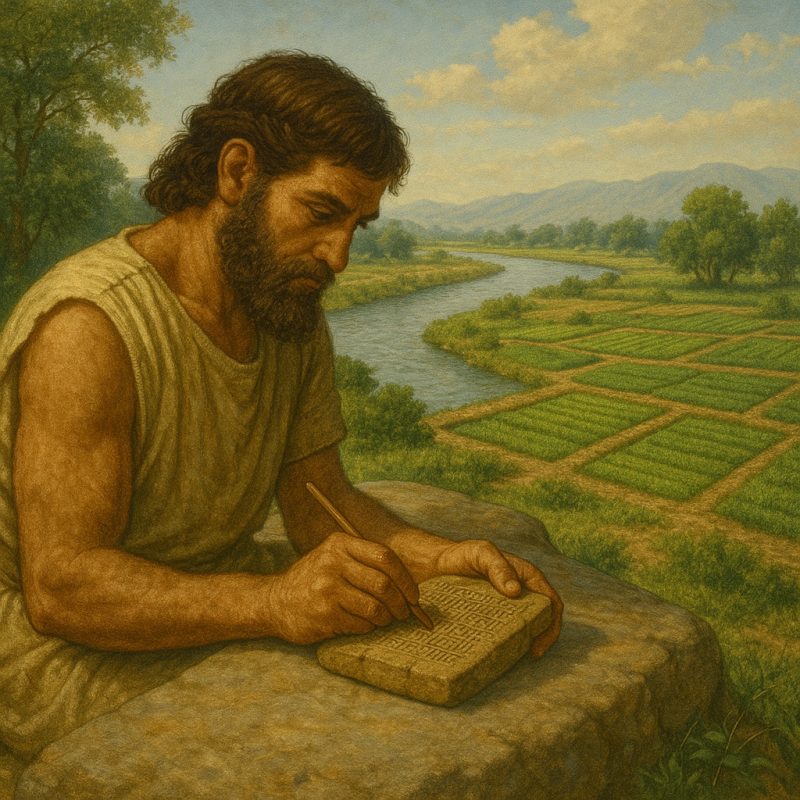
The ancient Egyptians developed their hieroglyphic script around 3100 BCE. While initially used for royal and religious purposes, hieroglyphs later evolved to include a cursive script (hieratic) for everyday use. The development of papyrus, made from reeds growing along the Nile, provided a portable writing medium that facilitated the spread of written knowledge.
The Indus Valley Civilization developed its own writing system, evident from numerous seals and pottery inscriptions. However, this script remains undeciphered, leaving many aspects of this ancient society shrouded in mystery. The brevity of most inscriptions suggests they may have been used for trade or administrative purposes.
The earliest known Chinese writing dates back to the Shang Dynasty (c. 1600-1046 BCE), in the form of oracle bone inscriptions. These divination records, often concerning agricultural matters, evolved into the complex system of Chinese characters still in use today.
Rivers in Ancient Mythology and Religion
Rivers held a special place in the mythology and religious beliefs of ancient civilizations. Often personified as deities or seen as conduits to the divine realm, rivers were central to many spiritual practices and beliefs.
In ancient Egyptian religion, the Nile was seen as the lifeblood of the country, embodied by the god Hapi. The annual flooding of the Nile was celebrated as a divine gift, ensuring fertility and abundance. The river also played a crucial role in Egyptian concepts of the afterlife, with the sun god Ra believed to travel through the underworld in a boat each night.
In Mesopotamian mythology, rivers were often associated with specific deities. The god Enki, for example, was associated with fresh water and wisdom. The Epic of Gilgamesh, one of the earliest known works of literature, features a great flood sent by the gods, reflecting the dual nature of rivers as both life-giving and potentially destructive forces.
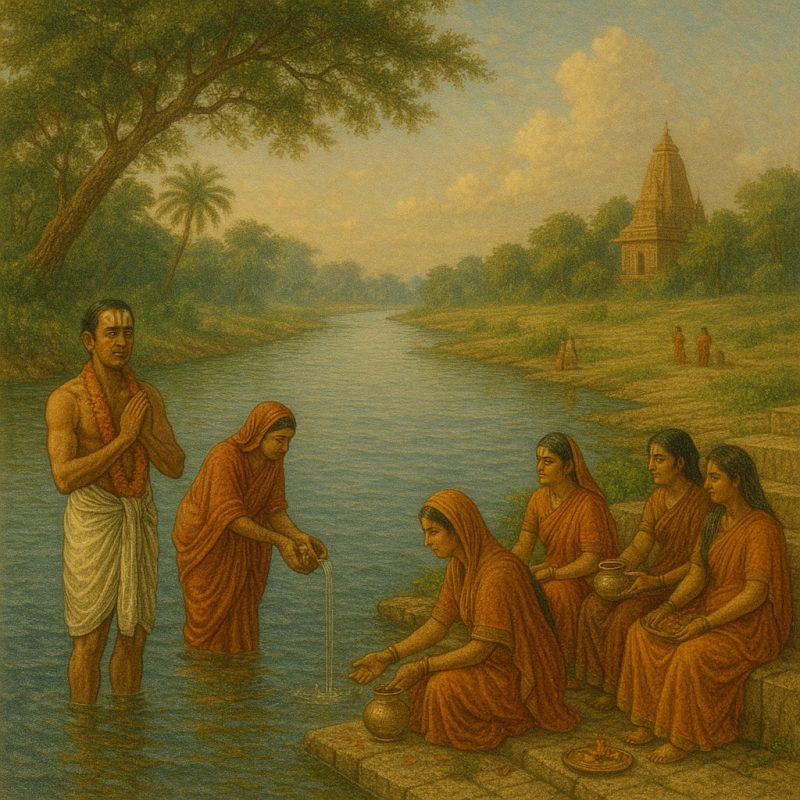
In Hindu tradition, rivers are considered sacred, with the Ganges holding particular significance. While the Ganges itself was not part of the ancient Indus Valley Civilization, the reverence for rivers in Indian culture likely has deep historical roots. The Saraswati River, mentioned in ancient Vedic texts, is believed by some scholars to have been a major river of the Indus Valley Civilization that later dried up.
In ancient Chinese thought, the ability to control the Yellow River’s floods was seen as a sign of a ruler’s divine mandate. The legendary Yu the Great, founder of the Xia Dynasty, was said to have gained the right to rule by successfully taming the river’s floods.
The Legacy of River Valley Civilizations
The impact of river valley civilizations extends far beyond their immediate time and place. These early societies laid the groundwork for many aspects of human civilization that we still see today.
Urban Planning and Architecture
The cities of the Indus Valley Civilization, with their grid-like layouts and sophisticated drainage systems, showcase early examples of urban planning. In Egypt, the construction of monumental architecture like the pyramids and temples demonstrates advanced engineering skills that continue to awe us today.
Legal and Administrative Systems
The Code of Hammurabi, one of the earliest known legal codes, was developed in Mesopotamia. This and other early legal systems laid the foundation for modern concepts of law and governance.
Scientific and Mathematical Advancements
The need to predict river floods and manage irrigation systems led to advancements in astronomy and mathematics. The Egyptians developed a solar calendar based on the Nile’s flood cycle, while Mesopotamian astronomers made detailed observations of celestial bodies.
Artistic and Cultural Contributions
The art, literature, and cultural practices that emerged in these river valley civilizations continue to influence us today. From the Epic of Gilgamesh to Egyptian hieroglyphs, these early societies produced cultural artefacts of enduring significance.
Environmental Challenges and Adaptations
While rivers provided numerous benefits to ancient civilizations, they also presented significant challenges. Unpredictable floods, changing river courses, and environmental degradation were issues that these societies had to contend with.
Comparative Analysis: Similarities and Differences
While each river valley civilization developed unique characteristics, there are notable similarities and differences in how they interacted with their riverine environments.
Similarities
- Agricultural Foundation: All these civilizations relied heavily on river-based agriculture, developing irrigation systems and cultivating similar crops like wheat and barley.
- Urban Development: The surplus food production allowed for the growth of cities and the development of specialized trades.
- Religious Significance: Rivers played important roles in the religious and mythological beliefs of all these civilizations.
- Writing Systems: Each civilization developed its own writing system, often initially for administrative purposes.
Differences
- Flood Predictability: While the Nile’s floods were relatively predictable, those of the Mesopotamian and Yellow rivers were more erratic, leading to different approaches to water management.
- Political Structure: Egypt tended towards a unified kingdom, while Mesopotamia was often divided into competing city-states.
- Architectural Focus: Egyptian civilization is known for its monumental tombs and temples, while Mesopotamian ziggurats served a different religious function.
- Trade Patterns: The geographical location of each civilization influenced its trade networks, with Mesopotamia and the Indus Valley engaging in more extensive maritime trade than Egypt.
The Decline of River Valley Civilizations
While rivers were instrumental in the rise of these ancient civilizations, various factors contributed to their eventual decline or transformation.
Environmental Factors
Changes in climate and river patterns played a role in the decline of some civilizations. The possible drying up of the Saraswati River, for instance, may have contributed to the decline of the Indus Valley Civilization.
Political Instability
Internal conflicts and external invasions led to the fall of many ancient kingdoms. The Bronze Age collapse, around 1200 BCE, saw the decline of several Mediterranean and Near Eastern civilizations.
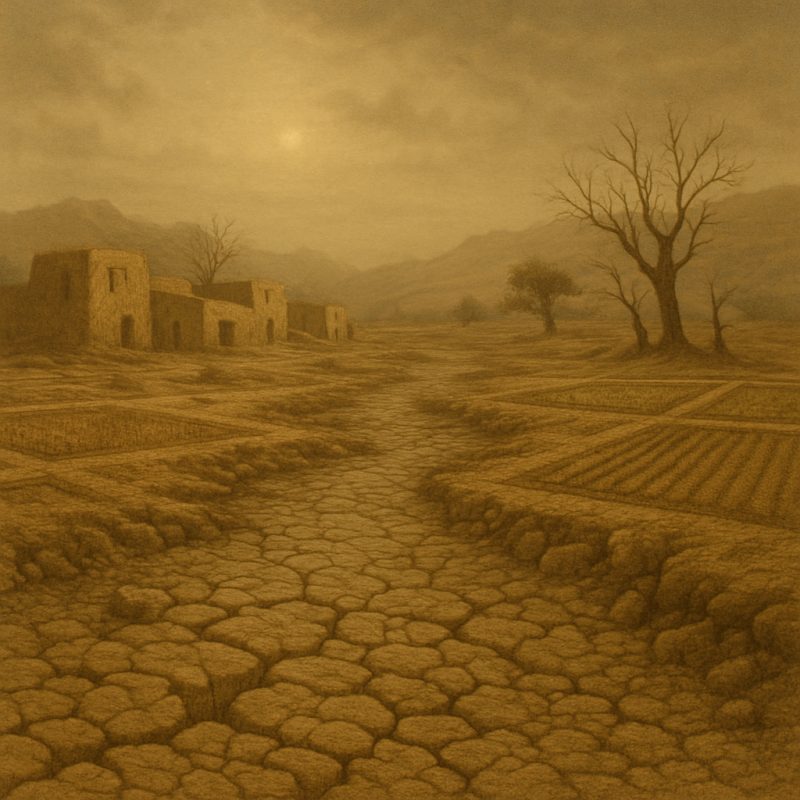
Technological and Cultural Shifts
Advancements in agriculture and metallurgy allowed for the rise of civilizations in areas less dependent on major rivers, shifting the balance of power.
Legacy and Transformation
While these early river valley civilizations declined, their legacy continued through the cultures and societies that succeeded them. The knowledge, technologies, and cultural practices they developed were often adopted and adapted by later civilizations.
Rivers and Modern Civilization: Lessons from the Past
The study of ancient river valley civilizations offers valuable insights for our modern world, particularly in the face of current environmental challenges.
Sustainable Water Management
The long-term success of ancient irrigation systems in some areas, and the environmental challenges faced in others, provide lessons for modern water management practices.

Climate Change Adaptation
The ways in which ancient civilizations adapted to changing river patterns and climatic conditions can inform our approaches to dealing with current climate change issues.
Cultural Heritage and Identity
Rivers continue to play important roles in cultural identity and heritage. Understanding their historical significance can help in preserving these cultural connections.
Urban Planning and Development
The successes and failures of ancient urban centres along rivers can inform modern urban planning, particularly in rapidly developing regions.
Conclusion: Rivers as Shapers of Human History
The story of rivers in ancient civilizations is, in many ways, the story of human civilization itself – a tale of adaptation, innovation, and the eternal quest to harness the power of nature for human benefit. As we continue to write new chapters in this ongoing narrative, the wisdom of our ancestors, who first settled along these great waterways, continues to flow through time, offering insights and inspiration for the challenges that lie ahead.



